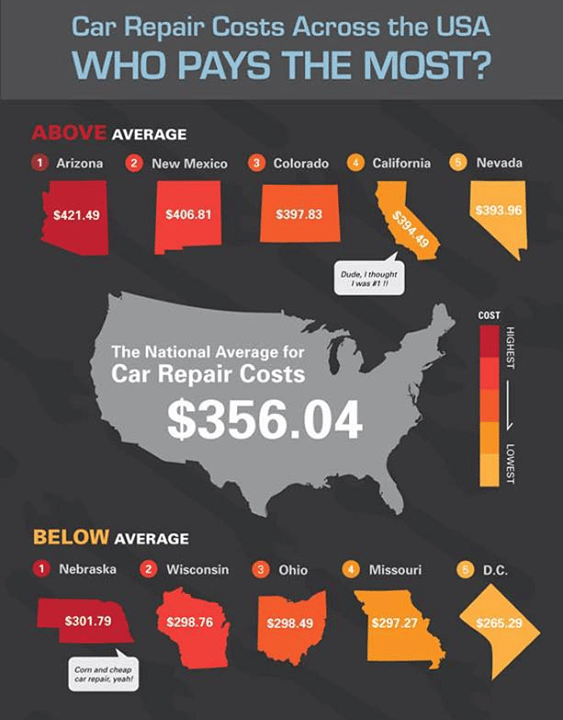Understanding The Significance Of Your Automobile'S Warning Signals: What They Actually Represent
Understanding The Significance Of Your Automobile'S Warning Signals: What They Actually Represent
Blog Article
Write-Up By- marine detailing
When you're behind the wheel, those beautiful caution lights on your dashboard can be a little bit bewildering. Do you know what they're trying to tell you regarding your car's health and wellness? Understanding the value of these lights is vital for your safety and the durability of your automobile. So, the following time one of those lights appears, wouldn't you wish to decode its message precisely and take the required steps to address it?
Common Caution Lights and Interpretations
Identify common caution lights in your vehicle and understand their significances to ensure safe driving.
One of the most normal caution lights include the check engine light, which indicates problems with the engine or emissions system. If this light begins, it's critical to have your vehicle inspected immediately.
interior car detailer advising light shows reduced oil pressure, calling for prompt focus to stop engine damages.
A flashing battery light may suggest a damaged billing system, possibly leaving you stranded otherwise attended to.
The tire stress monitoring system (TPMS) light notifies you to reduced tire stress, influencing lorry stability and gas efficiency. Disregarding this might bring about dangerous driving problems.
The abdominal light shows an issue with the anti-lock braking system, endangering your ability to quit swiftly in emergencies.
Finally, the coolant temperature advising light warns of engine getting too hot, which can result in extreme damage if not settled promptly.
Recognizing these common caution lights will certainly assist you resolve problems quickly and maintain secure driving problems.
Significance of Prompt Interest
Comprehending the usual warning lights in your car is just the first step; the relevance of quickly resolving these cautions can not be highlighted enough to guarantee your safety and security when driving.
When a caution light illuminates on your control panel, it's your automobile's means of interacting a prospective problem that needs interest. Ignoring https://www.repairerdrivennews.com/2022/04/07/survey-most-drivers-dont-understand-what-their-auto-insurance-covers/ can cause a lot more extreme troubles in the future, endangering your safety and potentially costing you much more out of commission.
Prompt interest to advising lights can avoid malfunctions and crashes. For example, a blinking check engine light can suggest a misfire that, if left ignored, can cause damages to the catalytic converter. Addressing this immediately can conserve you from a costly repair work.
Likewise, a brake system alerting light could signify low brake liquid or used brake pads, important elements for your safety and security when driving.
Do It Yourself Troubleshooting Tips
If you notice a warning light on your dashboard, there are a couple of do it yourself troubleshooting pointers you can attempt prior to seeking professional assistance.
The primary step is to consult your auto's manual to understand what the particular caution light suggests. Often the concern can be as straightforward as a loosened gas cap setting off the check engine light. Tightening the gas cap may resolve the problem.
https://cheap-oil-change-near-me06273.blog-ezine.com/31313779/discovering-neighborhood-treasures-searching-for-reliable-vehicle-repair-service-shops-in-your-area is a reduced battery, which can trigger different advising lights. Inspecting the battery connections for corrosion and ensuring they're safe may repair the issue.
If a caution light continues, you can try resetting it by disconnecting the vehicle's battery for a few mins and after that reconnecting it. In addition, inspecting your automobile's fluid levels, such as oil, coolant, and brake fluid, can assist troubleshoot cautioning lights associated with these systems.
Conclusion
To conclude, understanding your auto's warning lights is necessary for keeping your vehicle running efficiently and safely. By quickly resolving these signals and understanding what they suggest, you can avoid pricey fixings and possible malfunctions.
Remember to consult your car's guidebook for specific details on each cautioning light and do something about it appropriately to ensure a trouble-free driving experience.
Stay informed, stay risk-free on the road!
